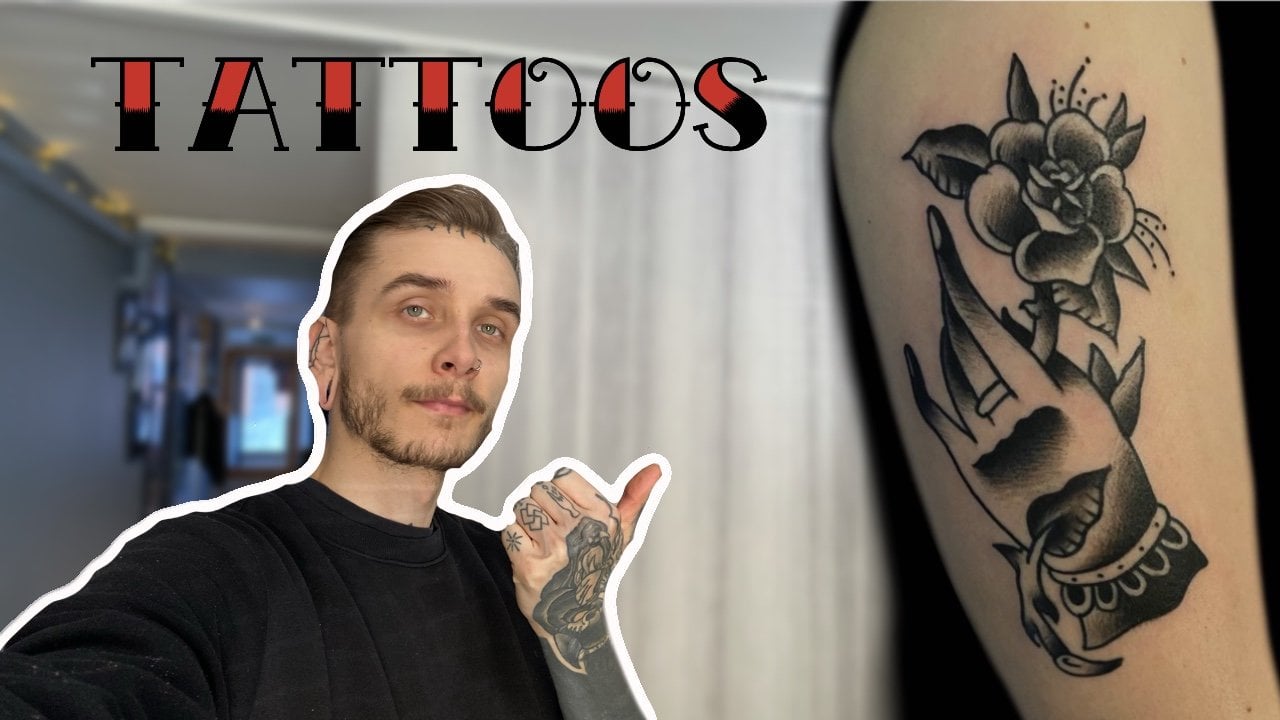Tattoo Sleeve Shading: Techniques, Tips, and Masterful Designs
– 37% of Americans aged 18-24 have one or more tattoos.
– 62% of millennial parents have tattoos.
– Tattoo shading is an important technique in tattooing.
– Shading helps create depth and complexity in tattoo designs.
– Not all tattoo designs need shading, but most clients prefer it.
– Tattoo artists need to learn how to shade their work.
– There are several tattoo shading techniques that artists can use. The article discusses different shading techniques used in tattooing. Here are the important facts, stats, and figures:
– Whip shading: This technique involves gradually moving the tattooing tool upward as ink is applied to create a gradient effect.
– Pendulum shading: This technique creates a dark mark in the center with lighter gradients around it by applying more pressure at the center and less pressure on the sides. The tattoo needle is swung back and forth like a pendulum to achieve this effect.
– Packing: The packing technique involves creating small and tight ovals on the skin to create a solid fill for a very dark shade. This technique helps to prevent gaps in shading and creates more dimension.
– Brush shading: Brush shading is used for portrait tattoos that require extensive blending. A long taper needle is used in a pendulum-like motion to create an even shade for large areas.
– Stipple shading: Stipple shading is used to create dotted lines for a unique shaded look. A three-round liner needle with a long taper is used in combination with whip or brush shading motions.
– Needle barbs that line up when moving in an oval formation can overwork the skin and result in a patchy tattoo.
– Gray wash tattoos lighten up by 30% when fully healed, and this is especially true for sensitive areas like ribs, inner bicep, or the back of the knee.
– Blood seeping through the skin during the tattoo process can make lighter gray washes look much darker than they actually are.
– Stacked magnum needles are recommended for packing black ink quickly, while curved magnum needles are great for softer shading.
– Thin liners are useful for stipple shading and fine details.
– Round shader needles can help with shading in tight corners.
– Magnum needles are recommended for shading in most tattoo styles as they cover the most amount of space in a single pass.
– Larger magnum needles are useful for saving time and creating even shading.
– Bugpin needles are thinner and can create more intricate shading, but they require a slower speed since less ink is getting into the skin.
– Standard needles pack more ink into the skin for even coverage quickly. The article is about tattoo sleeve shading and provides recommendations for tattoo machine stroke length and ink brands for shading. The recommended stroke length for shading is 3.0mm-3.5mm, with a 3.5mm stroke being good for shading and a 3.0mm stroke for soft black and gray shading. The Inkjecta Flite Nano is recommended as a favorite tattoo machine for shading. The recommended tattoo ink brands for shading are Solid Ink, Intenze, and Fusion, with Dynamic Triple Black specifically recommended for packing and creating large areas of solid black ink. Gray wash can be purchased in sets or made by combining witch hazel with ink. It is advised to practice tattoo shading techniques on high-quality fake skin like ReelSkin or Pound of Flesh before tattooing on human skin.
